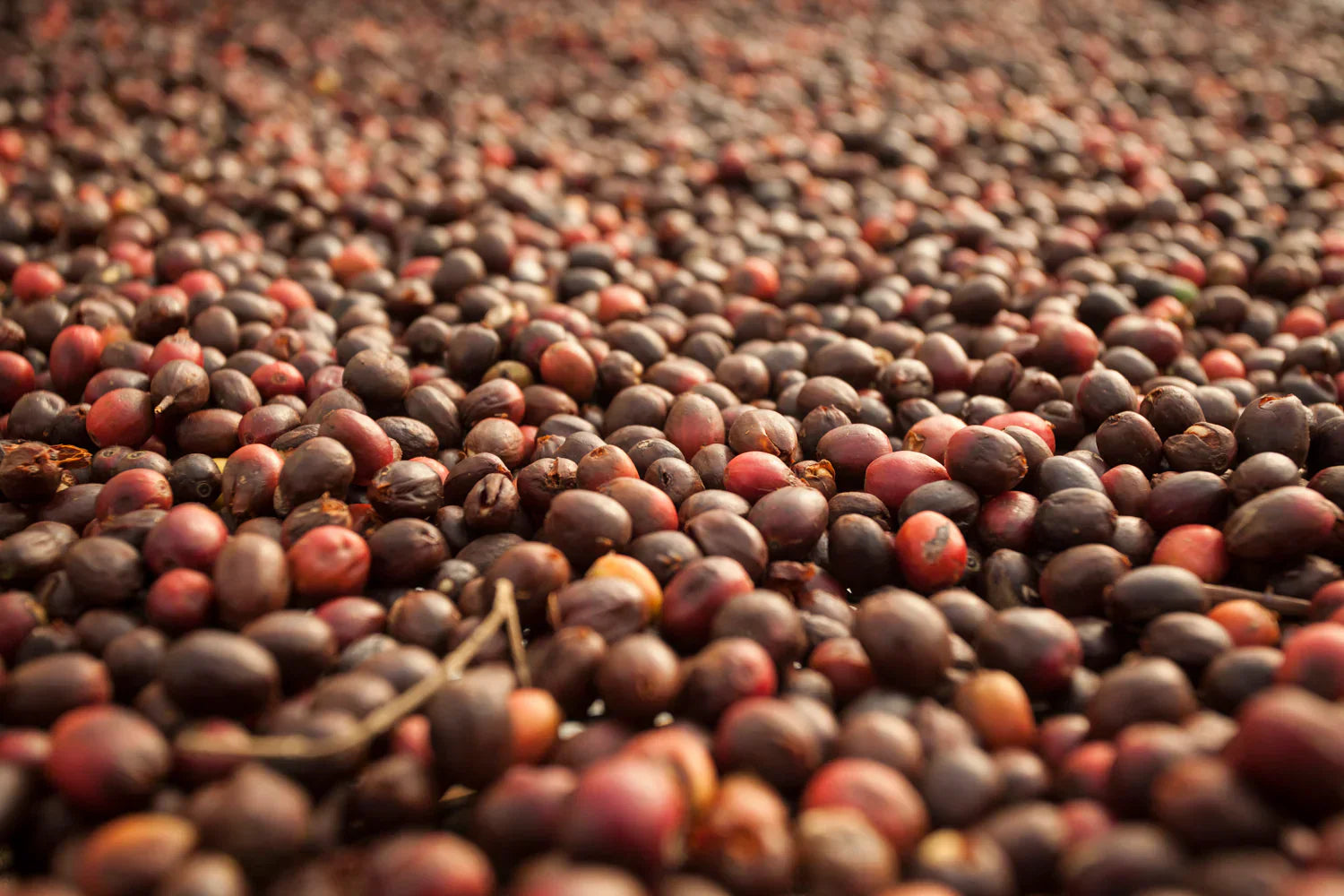
What Makes Your Coffee Special?
Let’s be honest, most of us don't usually think too hard about the details behind our morning cup of coffee. I know I didn’t, at least not until I started working at Backyard Beans. But have you ever picked up a bag of coffee or looked at our website and noticed terms like tasting notes, elevation, origin, or process and thought, “wait…what?”
As it turns out, your daily cup has traveled a long journey from farm to mug, and every step along the way shapes the flavors you experience. If you’re curious about the factors that impact the taste of your coffee and how to get the most out of it, keep reading!
Coffee Basics: Where Does Coffee Come From?
There are over 100 different species of the coffee plant, or Coffea, but the two main ones you’ll come across are Arabica and Robusta.
Robusta is typically used by multinational coffee brands for things like instant coffee. It's cheaper to produce because it's more resistant to diseases and can be grown at lower elevations. The downside? It usually doesn't taste great, and it packs almost twice the caffeine compared to Arabica.
Arabica is the star of specialty coffee. It's a bit fussier to grow but produces smoother, sweeter, and more nuanced cups of coffee. It makes up around 70% of the world’s coffee production.
Wait, What’s a Variety?
Arabica comes in hundreds of varieties, kind of like how there are numerous types of grapes for wine. Each one offers its own unique flavor potential, growing preferences, and level of resistance to diseases. Some are delicate and fruity, others are chocolatey and rich. There’s a whole world of flavor wrapped into those beans. I wasn't kidding when I said it was like wine!
Here are a few varieties you might see on our shelves:
-
Bourbon - Sweet, smooth, and balanced. A crowd-pleaser.
-
Typica - Classic and clean, with mild acidity and body.
-
SL28/ SL34 - Kenyan favorites, known for juicy acidity and deep complexity.
-
Gesha (or Geisha) - Delicate, tea-like, and floral. Difficult to grow, but worth it when done right!
-
Pink Bourbon - citric and bright, a star hitter from Huila, Colombia
We list the variety for each of our coffees so you can start to notice the flavor patterns you enjoy most. Once you find a variety you love, it can help guide you to your next bean!
Environment Matters: Where Coffee Grows
All coffee is grown in a region called the Coffee Belt, which circles the globe between 30 degrees north and south of the equator. But it's not just geography that matters. Let's look at two key environmental factors:
Climate and Elevation
Coffee is sensitive to its surroundings. Elevation, measured above sea level (MASL), plays a significant role in flavor.
-
Low elevation coffees (under 1,200 masl) tend to have less acidity and simpler flavors.
-
High elevation coffees (over 1,400 masl) grow more slowly, allowing the beans to develop deeper, more complex flavors. Warm Days encourage sugars to form, and cool nights help preserve them, leading to those bright, sweet, citrusy notes people love.
At Backyard Beans, we love highlighting single-origin coffees that reflect these unique growing conditions. Check out our website- each coffee has its description listed!

Processing: From Fruit to Bean
Once harvested, coffee goes through a process to remove the fruit around the beans (yes, coffee is technically a fruit!). How that’s done changes depending on the variety and the coffee producer's goal.
Washed (aka Wet Process)
The fruit is removed using water and fermentation before drying. This tends to produce cleaner, brighter coffees where the bean’s natural characteristic shines.
Natural (aka Dry Process)
The entire cherry is dried in the sun before removing the outer shell. Naturals are known for being fruit-forward, fuller-bodied, and sometimes a little funky – in a good way!
Honey Process
This hybrid method leaves some fruit (the “mucilage”) on the bean while it dries. It strikes a balance- sweet like naturals, clean like washed. This process is popular in countries like Costa Rica and El Salvador.
These are just a few processing methods that are used by producers.
Roasting: Bringing it All to Life
When green coffee arrives at our roastery, it’s raw. Roasting is where the magic happens. Our team, led by our awesome Director of Coffee, Bobby, carefully samples each coffee to decide how to roast it in order to highlight its best qualities.
-
Light Roast: Bright, floral, acidic. Best for showcasing origin and variety
-
Medium Roast: Balanced, sweet, and crowd-pleasing.
-
Dark Roast: Rich, bold, and great with milk or if you like your coffee to punch back a little (wink).
Roasting isn’t just about color - it’s about chemistry, timing, and temperature. Bobby and the roasting team tailor the approach for each bean to bring out the best in every cup.
Brewing: Choose Your Adventure!
Listen, I'm not going to tell you that you have to brew your coffee a certain way! The way you choose to brew your coffee comes down to personal preference!
Looking for convenience? Traditional auto-drip coffee from your home brewer does the trick. Have a little bit more time? Try something more manual like an Aeropress, pour over, or espresso.
In the End, It's All About the Experience
Understanding where your coffee comes from – its elevation, variety, process, and roast – adds a whole new level of appreciation to your daily ritual. Whether you’re sipping a pour-over of Ethiopian natural or a cozy dark roast from Honduras, you’re tasting a global story in every cup.
So next time you pick up a bag from us at Backyard Beans, peek at the label and our website. You’ll see more than just words – it's a flavor roadmap. And who knows? You might just discover your new favorite.
Cheers!

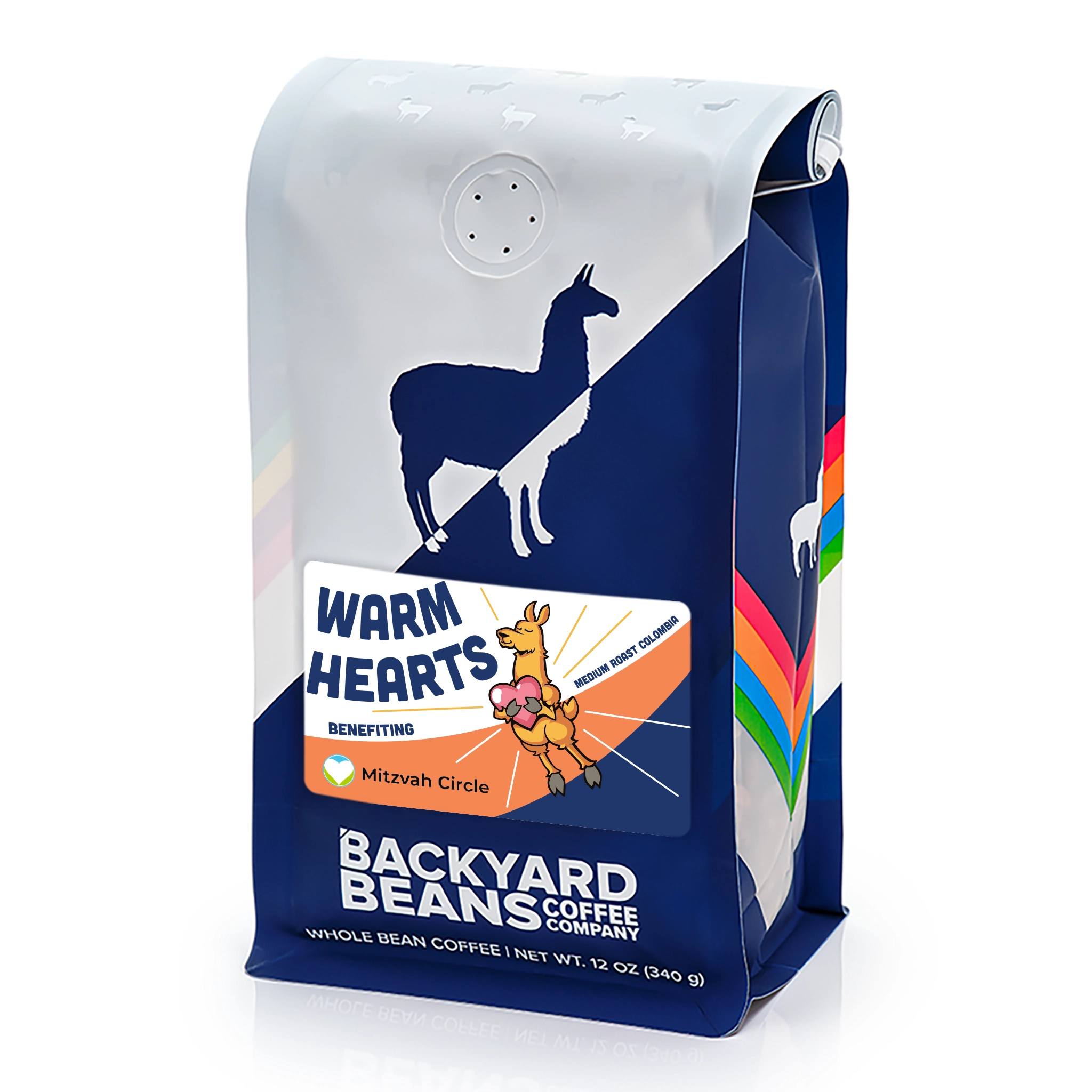
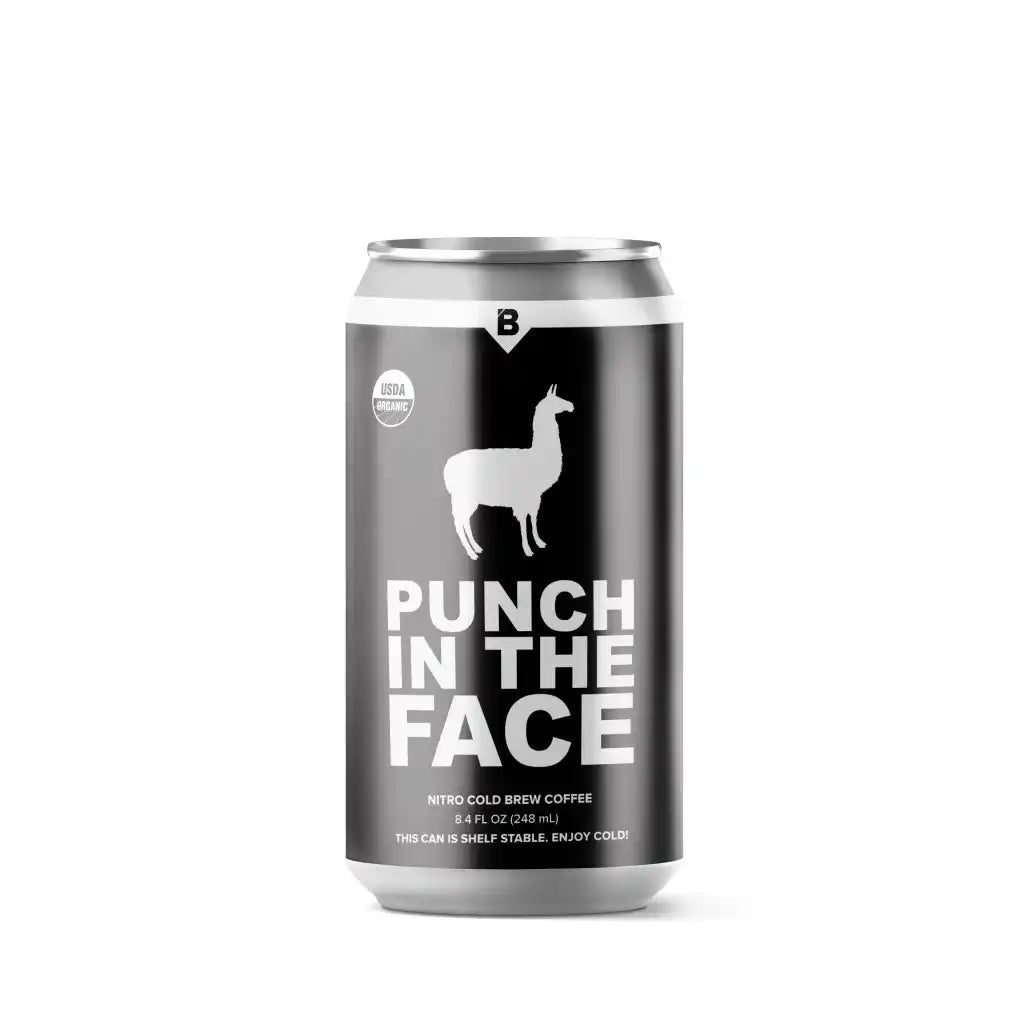
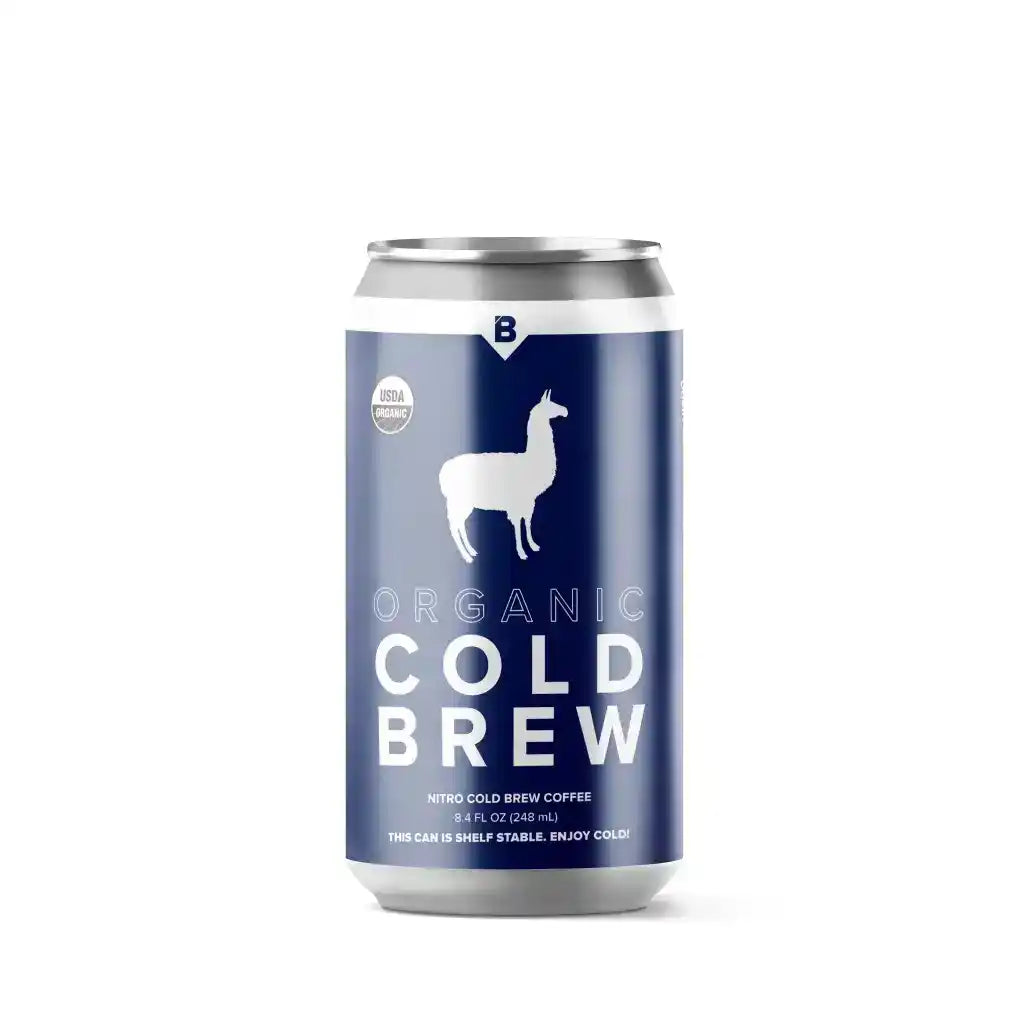
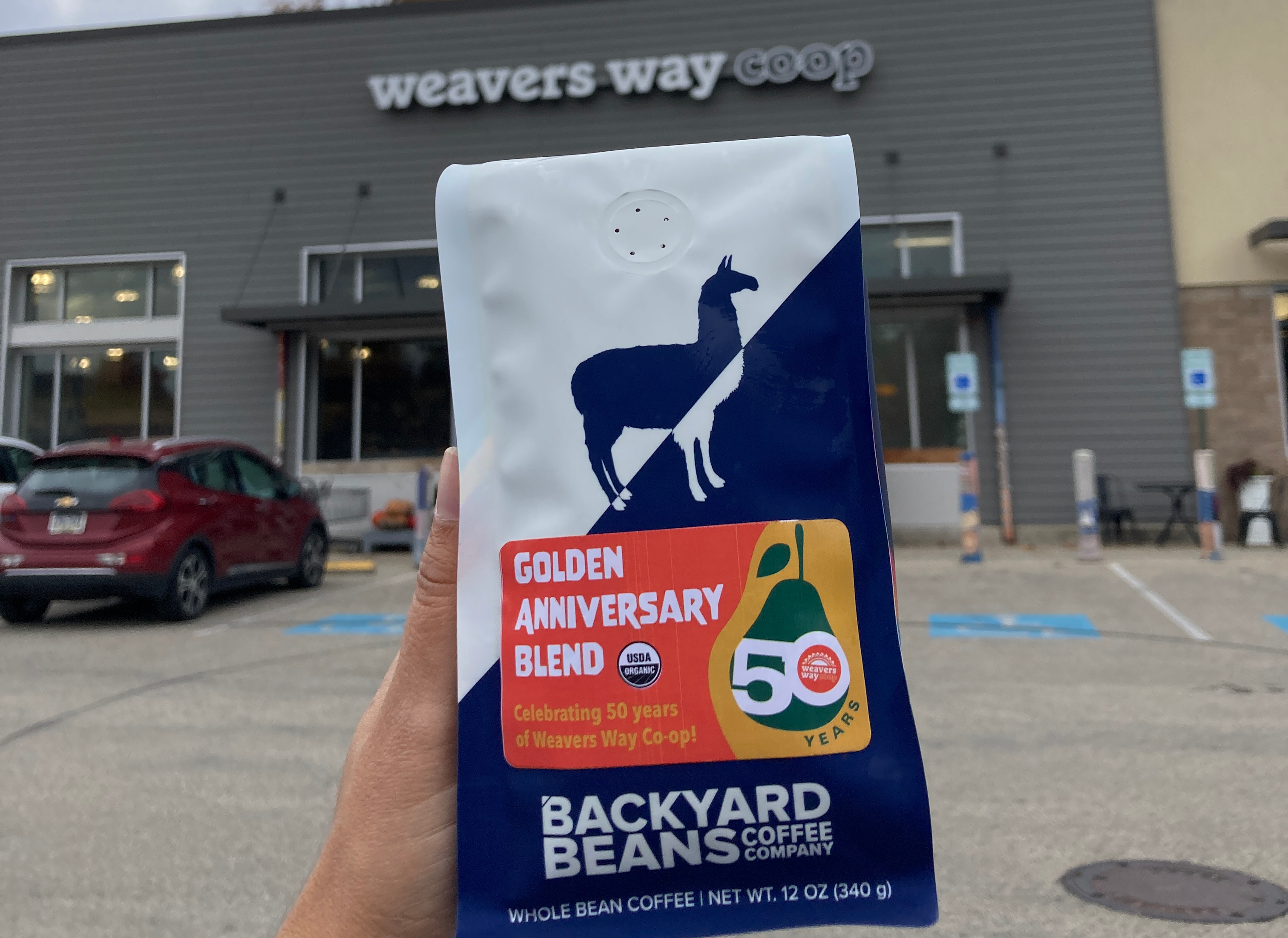

Leave a comment
This site is protected by hCaptcha and the hCaptcha Privacy Policy and Terms of Service apply.